Best Time for Concrete Leveling
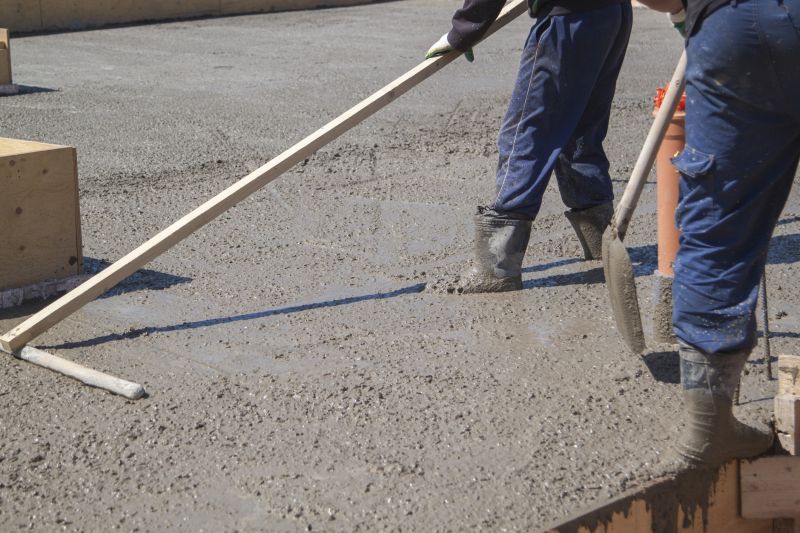
Spring offers moderate temperatures ideal for concrete leveling, reducing the risk of cracks caused by extreme weather.
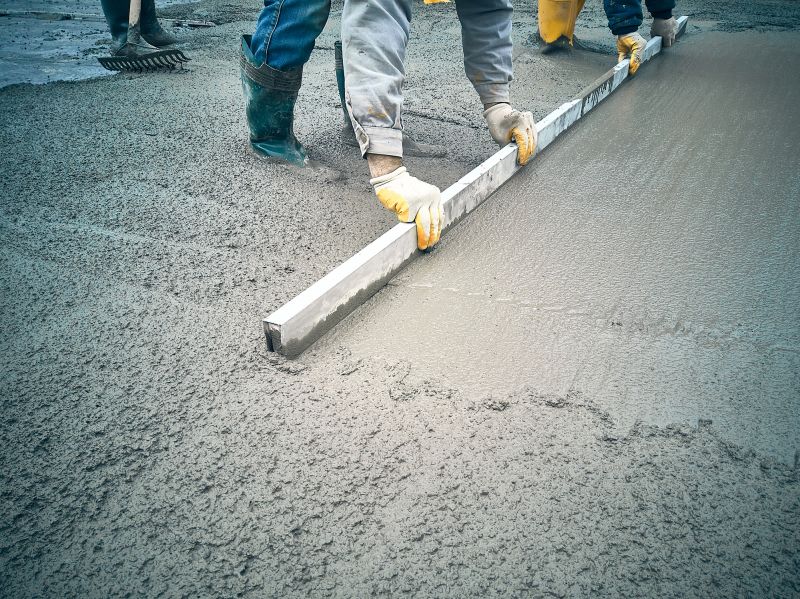
Early summer can be suitable when temperatures are stable, but high heat later in the season may affect curing times.
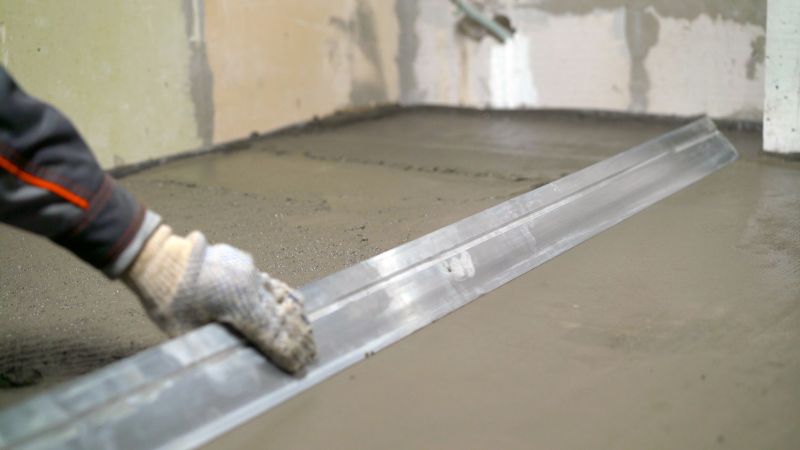
Fall provides cooler weather and lower humidity, making it a favorable time for concrete leveling projects.

Cold temperatures and freezing conditions can hinder proper curing and cause additional complications.
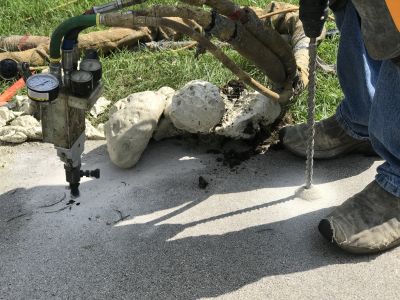
The optimal temperature for concrete leveling is typically between 50 and 85 degrees Fahrenheit.
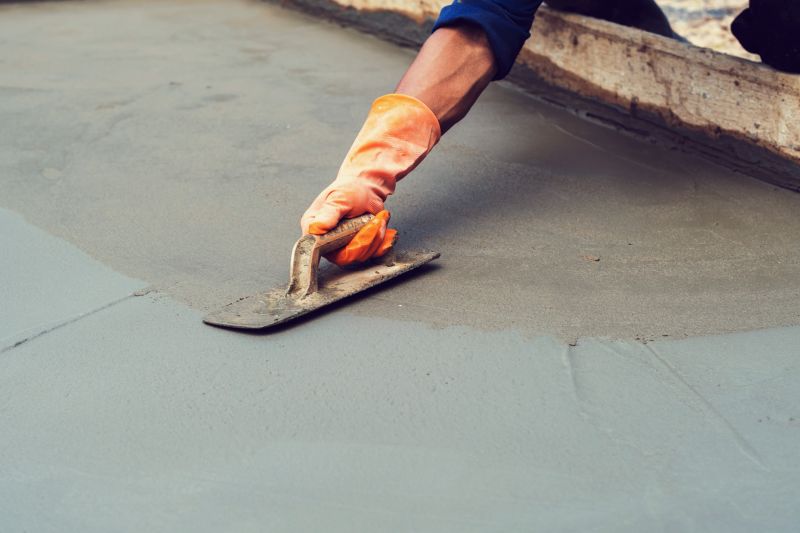
Dry weather is preferred to prevent moisture issues, while excessive rain can delay or complicate the process.
Concrete levelings are a practical solution for correcting uneven surfaces caused by soil settlement, erosion, or previous improper installation. This process involves raising and leveling existing concrete slabs without complete replacement, saving time and costs. Proper timing ensures the material sets correctly and maintains durability over time.
Statistics indicate that scheduling concrete work during suitable weather conditions can extend the lifespan of the surface by reducing cracking and shifting. In regions like Rogers, AR, seasonal variations significantly influence project success, making the choice of timing crucial for optimal results.
Temperature fluctuations and humidity levels directly affect curing and adhesion processes.
Plan projects during stable weather periods to minimize delays and ensure quality results.
Scheduling at the right time reduces the likelihood of future repairs and extends surface lifespan.
Attempting concrete leveling during extreme weather can lead to uneven settling and cracking.
| Season | Ideal Conditions |
|---|---|
| Spring | Moderate temperatures, low humidity, dry weather |
| Summer | Stable temperatures, avoid peak heat hours |
| Early Fall | Cooler weather, lower humidity, dry conditions |
| Late Fall/Winter | Cold temperatures, freezing risks, not recommended |
| General Advice | Schedule during mild, dry weather for best results |
Understanding the optimal timing for concrete levelings can significantly influence the durability and appearance of the finished surface. Proper planning around weather conditions ensures the material sets properly and maintains structural integrity over time.
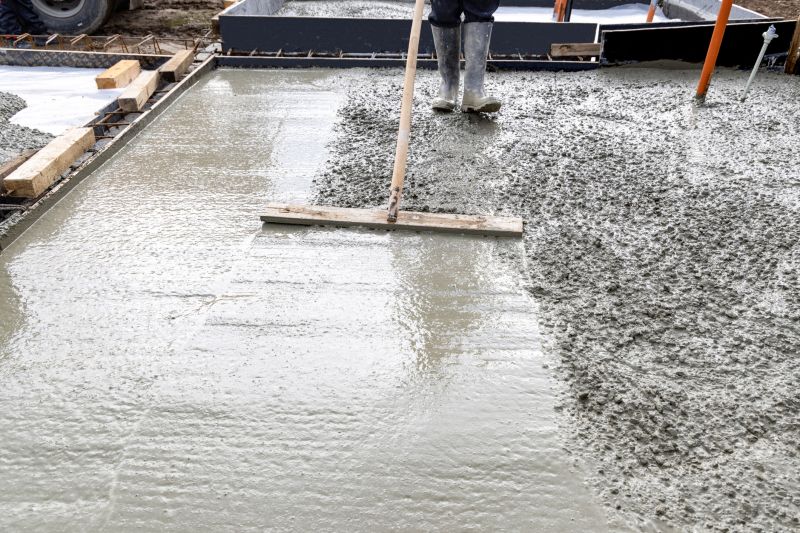
A professional team performing leveling during favorable weather conditions.

A smooth, level surface ready for use after optimal scheduling.
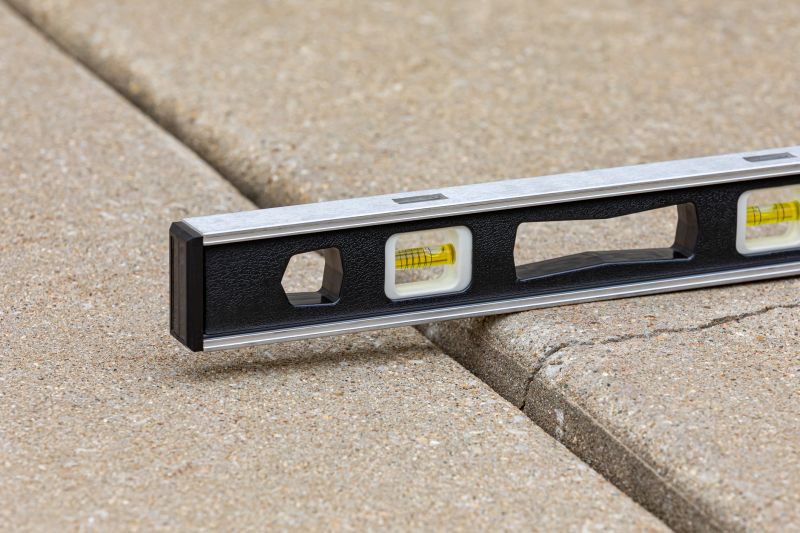
Tools used to track weather conditions before scheduling concrete work.
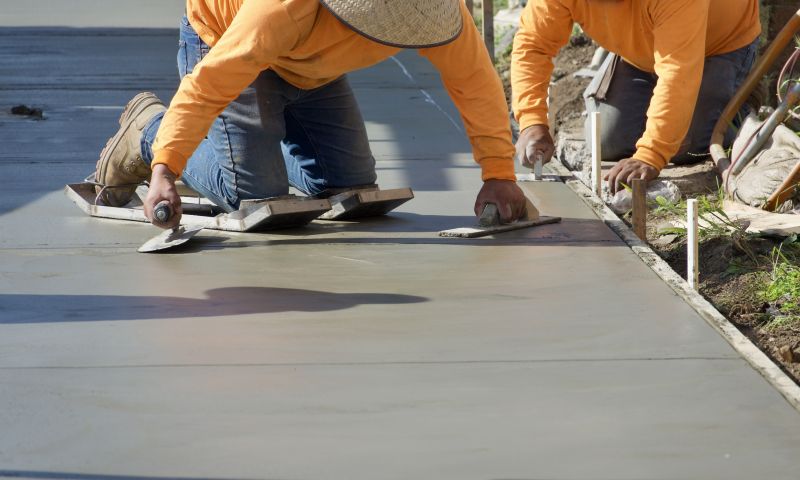
Scheduling projects during the most suitable months for durability.
Interested in scheduling concrete levelings? Filling out the contact form can help determine the best timing based on local weather patterns and project specifics. Proper timing ensures a durable and lasting surface for years to come.
